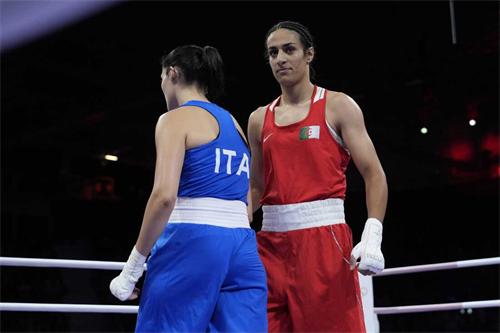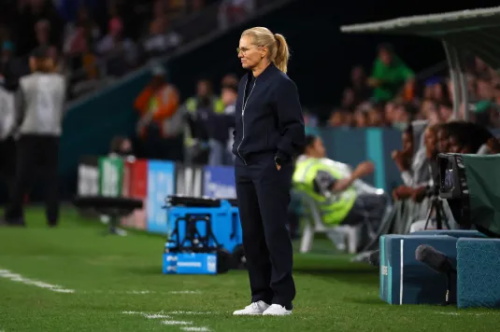The Controversy of Transgender Athletes in Competitive Sports

Throughout the history of sports, categorizing competitions by gender has long been a deeply rooted principle. From the ancient Greek Olympics, which were exclusively for men, to the gradual inclusion of women in the modern Olympic Games, gender classification has not only been a key pillar in the structure of competitive sports but also a foundation for ensuring fairness and athlete safety. This practice is supported by biological science as well as deeply ingrained social and cultural factors.
From a biological perspective, there are significant physiological differences between males and females. Men typically have higher testosterone levels and tend to outperform women in areas such as muscle strength, bone density, and endurance. For example, men's records in weightlifting are generally higher than women's; in track and field, the world record for the men's 100-meter dash is noticeably faster than the women's. These physical differences mean that in some events, if men and women were to compete together, women might face a greater risk of injury due to physical disadvantage, and the competition could lose its suspense and appeal, ultimately affecting fairness and entertainment value.
From a sociological standpoint, gender divisions in sports have provided female athletes with a relatively fair competitive platform, inspiring generations of women to participate in sports and promoting the development of women's athletics. From women's tennis to women's volleyball, numerous outstanding athletes have emerged, earning respect through their dedication and performance, and becoming symbols of the sports spirit.
However, with evolving social values and increasing awareness of gender identity, the transgender community has begun to advocate for equal participation rights in sports. They argue that gender should not be defined solely by physiological traits but should also be based on individual gender identity. Some transgender individuals undergo hormone replacement therapy and other medical interventions, which significantly alter their physical characteristics, and thus believe they should be eligible to compete in alignment with their gender identity.
This demand from transgender athletes reflects a pursuit of human rights and equality. They seek respect and inclusion in the vibrant world of sports and hope to break stereotypes and showcase their value and abilities through participation. Some transgender women athletes, after undergoing hormone therapy, have joined women's competitions and put in as much—or even more—effort than other athletes in pursuit of their athletic dreams.
However, allowing athletes to compete based on gender identity also poses a serious challenge to the traditional order of sports. People are concerned that even if a transgender woman’s testosterone levels are reduced, inherent physical advantages such as skeletal structure and muscle composition may still persist, potentially resulting in an unfair competitive edge. This controversy extends beyond the realm of sports, touching upon ethics, law, medicine, and societal values, making it one of the most hotly debated issues today.
In seeking a balance between fairness and inclusion, sports organizations like the International Olympic Committee (IOC) have made some efforts. For instance, the IOC requires transgender women athletes to maintain testosterone levels below a certain threshold for at least 12 months prior to competition in order to be eligible. However, this rule remains contentious in practice. First, while hormone levels can be regulated, structural differences in bones and muscles cannot be entirely eliminated; second, the long-term effects of hormone therapy and potential health risks have not been thoroughly studied or confirmed.
The issue of transgender athletes in competitive sports reflects a fundamental question of our time: how can we uphold fairness while embracing diversity and inclusion? There is no simple answer to this complex problem, but it is one that deserves open and rational discussion. Regardless of one’s stance, our shared goal should be to make sports better—for every person who loves athletics to have the chance to pursue their dreams and experience the thrill of fair and harmonious competition.
RECOMMEND FO YOU



